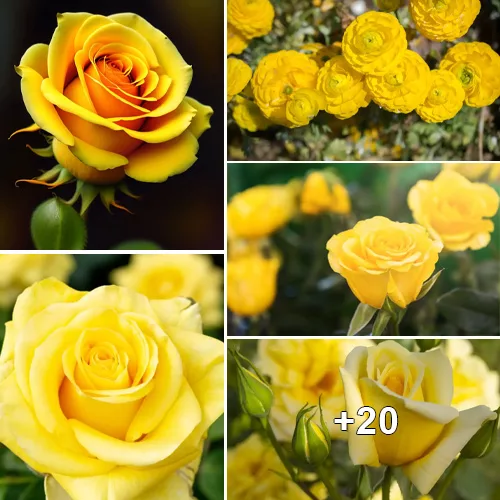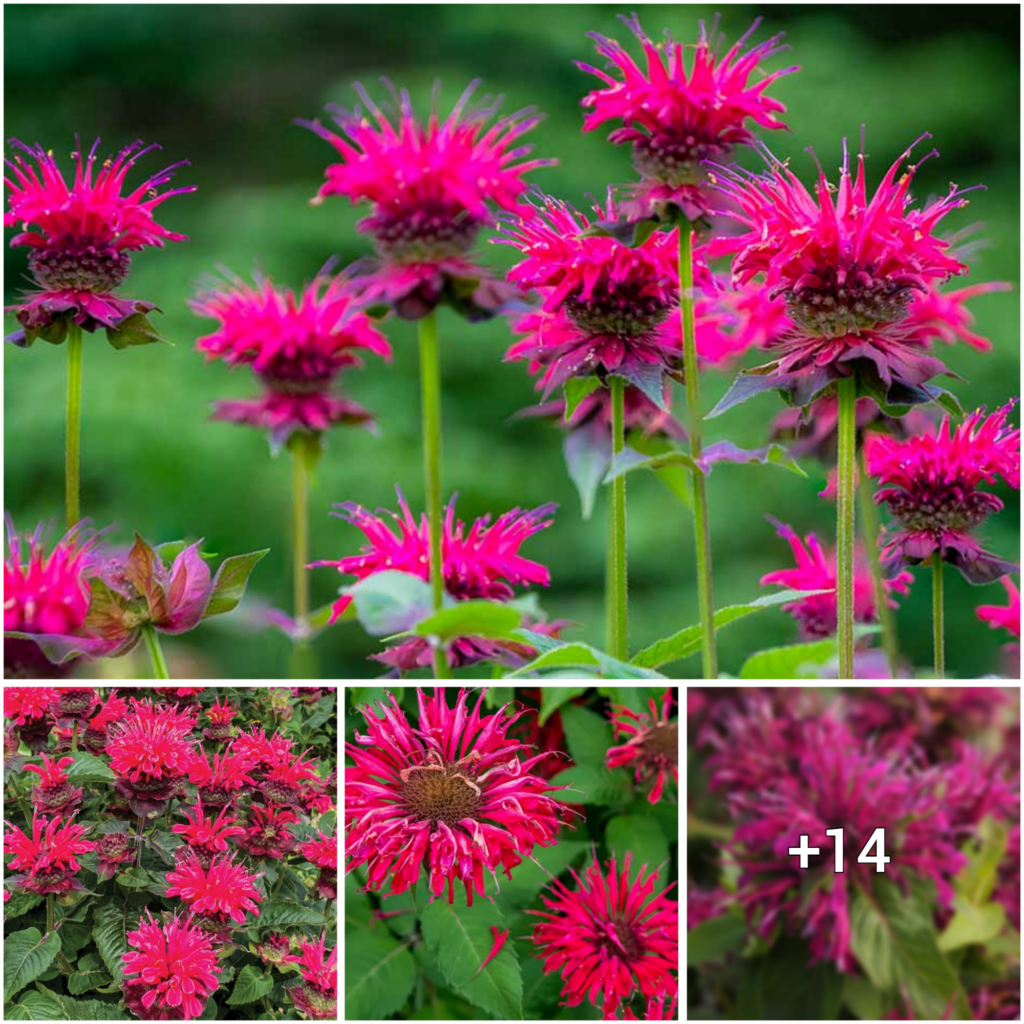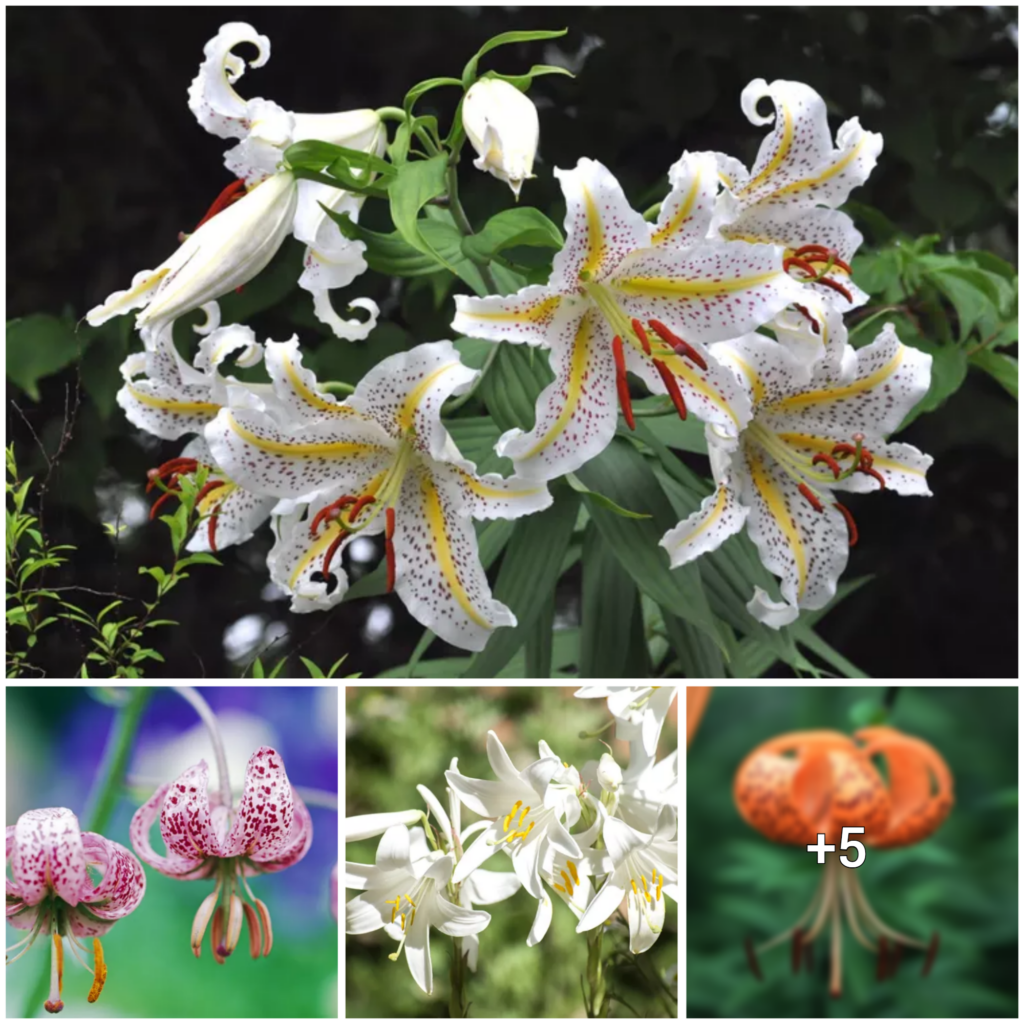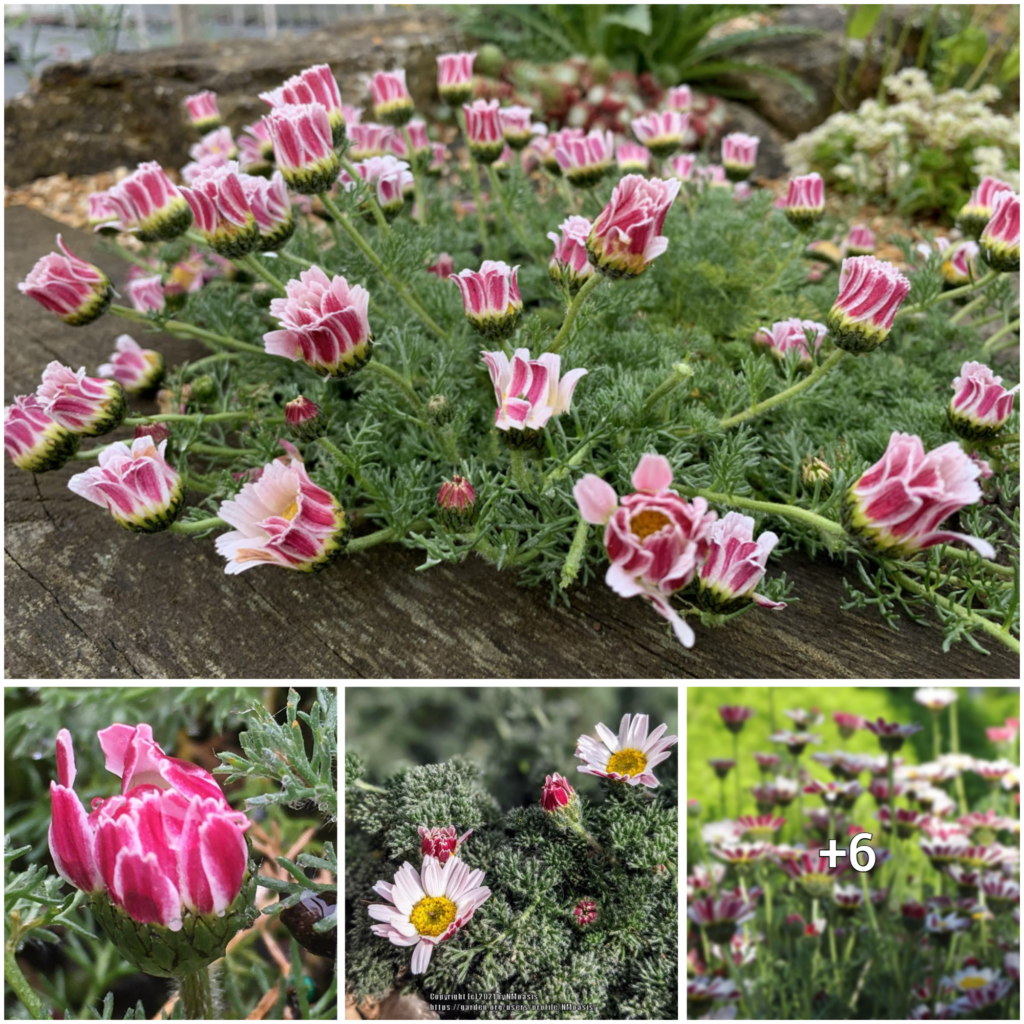:max_bytes(150000):strip_icc():format(webp)/julia-child-roses-profile-5185990-hero-195bdd360e724e04990d58510102421e.jpg)
The Julia Child rose is a delightful floral option with a sweet fragrance reminiscent of licorice. It is smaller in size and commonly grown in containers due to its floribunda characteristics, producing plenty of flowers in tight clusters. Its soft yellow petals form dense three-inch double blooms that are eye-catching and attractive to bees, butterflies, and birds. This luxurious rose was named after renowned chef Julia Child, who personally selected it as her namesake. The deep green, leathery foliage provides a beautiful contrast to the yellow roses. The Julia Child rose is low-maintenance, disease-resistant, and can be planted almost anywhere due to its compact size. Well-draining soil with good air circulation is recommended for optimal health and growth. Pest infestations are usually not an issue for this variety.
:max_bytes(150000):strip_icc():format(webp)/julia-child-roses-profile-5185990-03-9213b2ea513f4a1dbac6fd22488d9ee3.jpg)
Let’s rephrase the content to make it original:
Olivia Inman from The Spruce has some great ideas for sprucing up your home. Her tips are perfect for anyone looking to add a little extra something to their living space. Whether you’re looking for new decor or just want to refresh your current setup, these ideas are sure to inspire you. So why not give them a try and see what you can come up with?
:max_bytes(150000):strip_icc():format(webp)/julia-child-roses-profile-5185990-04-ab1f1a4e245d4abe977378289ca5a213.jpg)
:max_bytes(150000):strip_icc():format(webp)/julia-child-roses-profile-5185990-05-4717b82cfe8044bd8c493ae24304e331.jpg)
:max_bytes(150000):strip_icc():format(webp)/julia-child-roses-profile-5185990-06-83de435bc9434b63937986be0c9de1ce.jpg)
The Julia Child rose is a sun-loving plant that requires 6-8 hours of sun exposure each day. It thrives in the morning sunshine, which allows the plant to dry early and avoids moist conditions that can cause fungus or disease. For healthy growth, it requires well-draining soil that is slightly acidic with a moisture level that is moist but not soggy. The plant needs ample water to stay healthy and bloom, but the soil must drain well to prevent sitting in water. Watering once a week may suffice, but it depends on your location and climate conditions. Heavy watering in the morning is best to avoid soggy soil at night, which can lead to fungal or disease problems.
Julia Child roses are tolerant of heat and cold and prefer moderate humidity, as high humidity can cause fungal or disease problems. To encourage healthy blooms, use a well-balanced fertilizer when the leaves begin to appear in early spring and again in early summer. Prune the bushes in early spring before any leaves appear and trim away any dead or damaged branches. Shape the bush by pruning overlapping branches to eliminate competition for sunlight. Propagating Julia Child roses is illegal as it is a patented plant. If you wish to add more to your garden, return to the nursery or garden center where you purchased them.
Julia Child roses do well in containers, but they need adequate drainage to avoid excessive moisture. Potted roses require more frequent watering than those in the garden, so water thoroughly until the entire root ball is soaked, then allow excess water to drain out of the pot. Overwintering requires applying a heavy layer of mulch around the base of the plant to protect it from the cold. Remove the layer in early spring and dispose of any dead plant debris. To overwinter potted roses, either bring them into an unheated garage or shed or cover them with mulch and wrap the pot in burlap.




